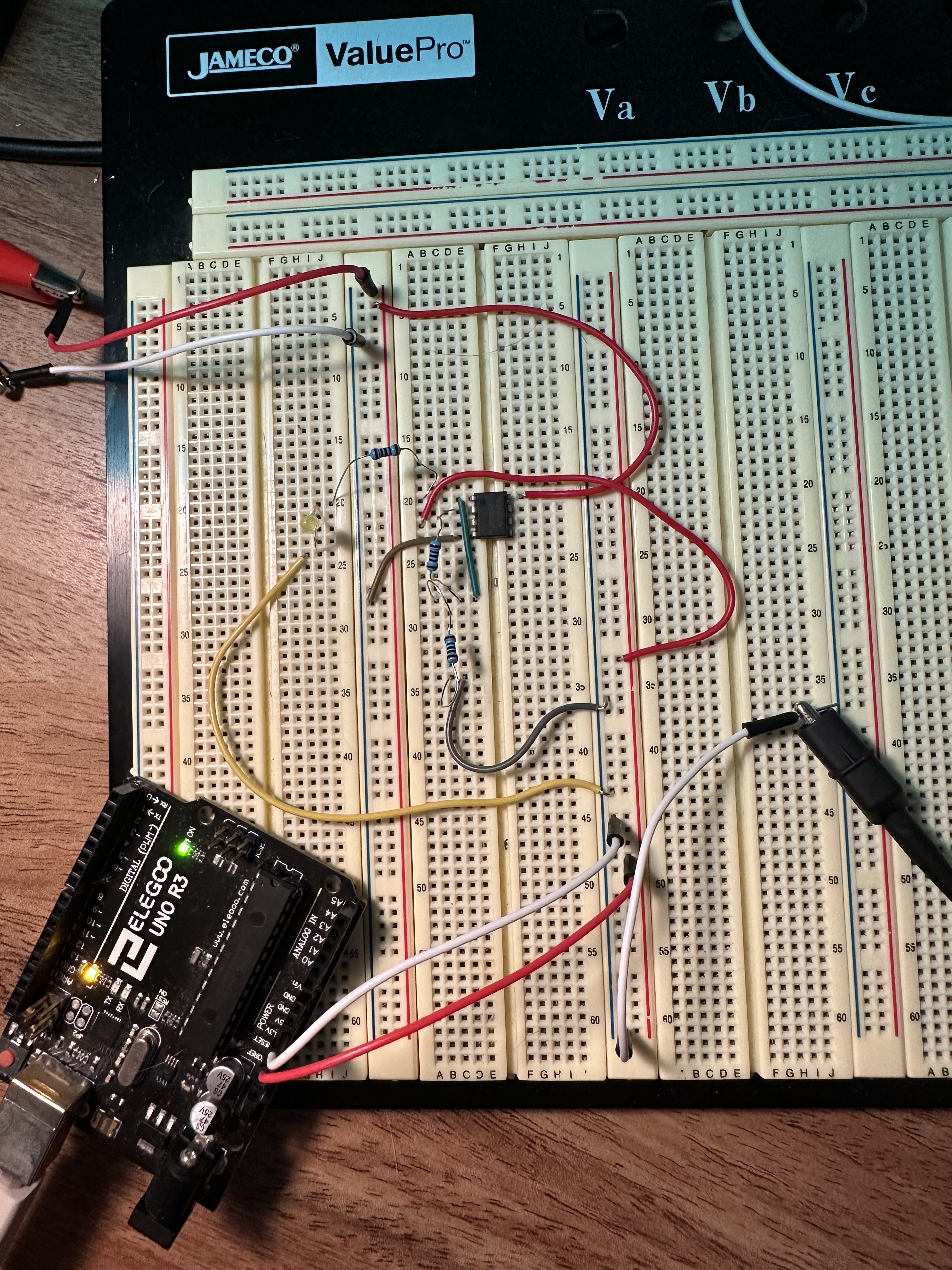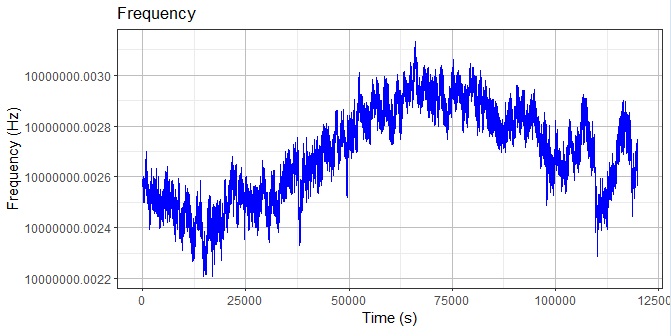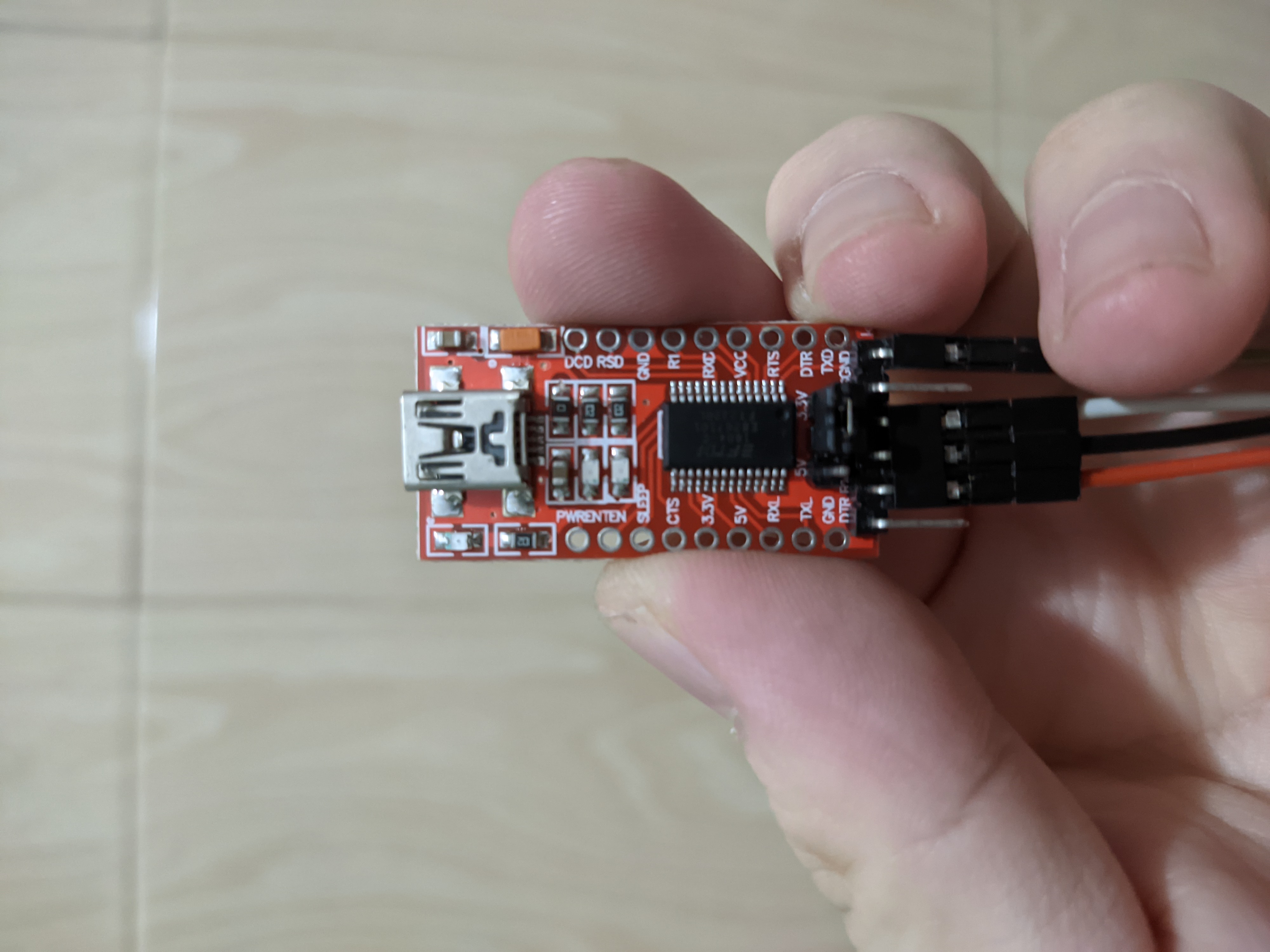Hi, I'm new here (never used this entire platform before, but as the askElectronics reddit is down I thought i'd follow the trail to lemmy and see what's what). Hopefully this works!
Ok so I have the following -
A variable boost converter This - set to 12v output.
Two sets of 2x 18650 batteries
A 12v LED strip.
The two circuits I'm sanity checking -
-
Two 18650s in series, outputting about 8v, going to the boost (which ups it to 12v) and lighting up the 12v LEDS.
-
Two 18650s in parallel, outputting about 4v, going to the same boost (which still ups it to 12v, so that's working fine and seems to be within its working range), lighting up the 12v LEDs.
Question I wanted to check - Far as I am aware, both of these circuits should be fine and do the job. And I'm aware of how series vs parallel usually works (eg. double the voltage, vs double the capacity). However I've never used them with a voltage booster that sets things to a fixed output voltage.
I am assuming that the way the voltage booster works, means it will 'drain' the parallel circuit twice as fast as the series circuit. And so both will end up running the LEDs for the same amount of time. This sounds right in my head but wanted to confirm before I soldered all my connections.
Also wondered if, in this scenario, the general recommendation is to go with the parallel or the series circuit. I wonder if the series might have less losses through the boost circuit through heating etc, but I was just guessing.
Thanks! Long first lemmy post haha. > Unfortunately after posting this I discovered the TP4056 board won’t charge 18650s in series, only in parallel!
Edit:
While it seems that running the cells in series would be more efficient, I have the issue that I recharge them using a TP4056 board, and they are only compatible with charging cells in parallel and not in series!







